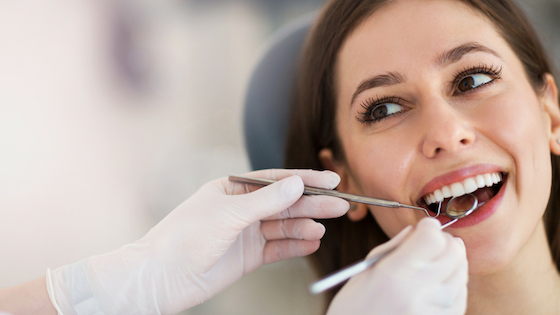The Key to Modern Day Root Canals
The modern dental patient expects their dental care provider to use the latest technology, deliver better outcomes, and be willing to schedule procedures at the convenience of the patient. Dental care providers are scrambling to improve the way they deliver their services in order to meet these expectations of their patients. This article discusses five essentials that can help to deliver modern-day root canals that meet all the expectations of patients.
XTG Handheld X-Ray
If you’ve used Digital Doc’s XTG Handheld X-ray, you’ll wonder how you managed to perform root canals in the past. This Xray2go allows you to remain in the operatory and take radiographic images of your patient while they are in the dental chair. Root canals are one of the procedures that patients don’t look forward to undergoing, but with this tool, you can increase the convenience factor for your patients because they don’t have to be shuffled to the radiology room and then back to complete their treatment.
The handheld x-ray also gives you high-quality images that can help you to deliver treatment outcomes that can only be dreamed about by those using the traditional x-ray machines.
An IRIS Intraoral Camera
While endodontists largely treat patients who have been referred by dentists, the records sent along with the referral may not provide an accurate depiction of the patient’s tooth before the root canal treatment is undertaken.
It is therefore helpful for you to have an intraoral camera like the IRIS USB 2.0 Chair Dental Camera so that you can take high-quality images to complement what has been captured by the XTG Handheld X-Ray.
Effective Communication
It is one thing to communicate, and it is another thing to communicate effectively. For example, you wouldn’t use the same diction that you use when communicating with a referring dentist to talk to a patient, would you?
It is important for you to communicate effectively with all parties, such as your patients, the specialists and referring dentists if you want to deliver better root canals.
Luckily, modern digital dentistry equipment like the LUM and XTG Handheld X-Ray make it possible for all parties to be on the same page. For instance, you can take images with your IRIS Intraoral camera and show the patient what exactly you are going to fix during the root canal treatment. The same images can be used if you need to communicate with referring dentists so that everyone is kept in the loop during each stage of the treatment.
Knowledgeable Staff
Another important factor for endodontists who wish to perform modern-day root canals that meet all the expectations of patients is knowledgeable staff. Your staff should be conversant with the workings of all your modern equipment, such as the Xray2go. They should also be familiar with how that equipment delivers outstanding outcomes for your patients.
Such mastery can only happen if you, the endodontist, set the example and arrange to have your staff trained each time you introduce new technology or methods of delivering patient care. Your staff will then convey their expertise to the patients, and the net result will be superior root canal outcomes when compared to other offices.
Once you have all the essential components above in place, there will be nothing standing in the way of delivering modern root canal treatments. As you may know, word of mouth spreads fast, so your practice will grow as a result of all the positive reviews made by any patient who undergoes root canal therapy at your office.













